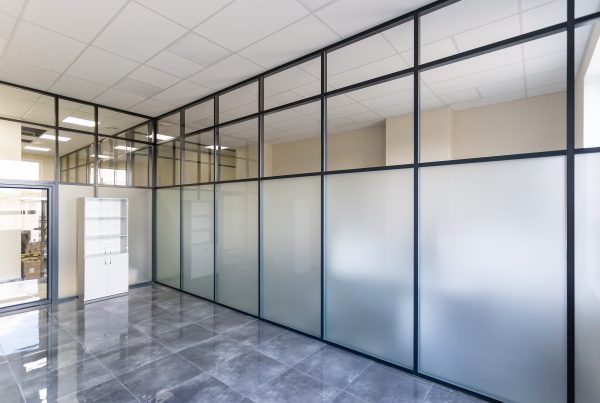In contemporary residential architecture, few elements carry as much visual and spatial impact as large glass panes.
Beyond their sleek, minimalist appeal, expansive glazing unlocks a unique connection between interior and exterior, enhances wellbeing, and elevates the overall functionality of the home.
Blurring the Boundaries Between Inside and Outside
One of the most compelling architectural benefits of large glass panes is their ability to dissolve the traditional divide between indoor and outdoor spaces. Whether it’s a floor-to-ceiling sliding door opening onto a landscaped garden or a panoramic glass wall framing a view, oversized glazing introduces a sense of openness that transforms how people live in and move through a space.
From a design perspective, this fluid transition supports modern lifestyles that favour natural light, visual connectivity, and the feeling of freedom. It’s an approach rooted in biophilic design, which promotes wellbeing by aligning architectural elements with nature.
Maximising Light and Enhancing Spatial Quality
Natural light is a critical element in architectural design, not only for aesthetics but also for comfort and energy efficiency. Large-format glazing allows architects to design homes that are light-filled and uplifting throughout the day. This is particularly valuable in the UK, where daylight hours can be limited for much of the year.
In open-plan living spaces, stairwells, or double-height voids, large glass panes play a vital role in harnessing daylight and redistributing it across levels and rooms. This reduces reliance on artificial lighting and creates dynamic shifts in light quality throughout the day—contributing to a more responsive and human-centred living environment.
Designing with Scale and Proportion in Mind
Integrating large panes of glass requires a thoughtful approach to structural integrity and spatial proportion. For architects, the challenge is to balance scale with performance—ensuring that large glass elements enhance rather than overpower a design.
Innovations in glazing technology, such as toughened laminated glass, structural glazing systems, and high-performance low-E coatings, allow for greater design flexibility without compromising thermal efficiency or safety. Whether designing a minimal glass façade or a cantilevered glass corner, the right specification can ensure seamless integration into any architectural language.
Tailoring Privacy and Solar Performance
While large glazing promotes openness, it must be counterbalanced with the right measures for privacy, solar control, and thermal comfort. Solutions like sandblasted or patterned glass, integrated blinds, or smart glass technologies can offer privacy where needed without sacrificing the benefits of daylight.
Solar control coatings and advanced glazing units like C.U.in™ or double and triple IGUs ensure that homes remain comfortable and efficient, even with large glazed elevations. These innovations give architects the tools to achieve high levels of performance and sustainability within their designs.
A Statement of Contemporary Living
Ultimately, incorporating large glass panes into a residential project is a statement of intent. It signals a commitment to transparency, light, and openness. When handled with architectural care, expansive glazing elevates the home into something more than just a dwelling—it becomes a sanctuary that reflects both the natural world and the aspirations of the people who live within it.
Ready to Specify Large Glass for Your Next Residential Project?
At Crystal Units, we supply bespoke architectural glazing solutions, including large-format glass for facades, partitions, windows, and doors. With a focus on innovation, performance, and design, we support architects across the UK in delivering bold, modern homes that stand the test of time.
Get in touch to discuss your specification needs or explore our range of large glass panes tailored to contemporary architecture.





